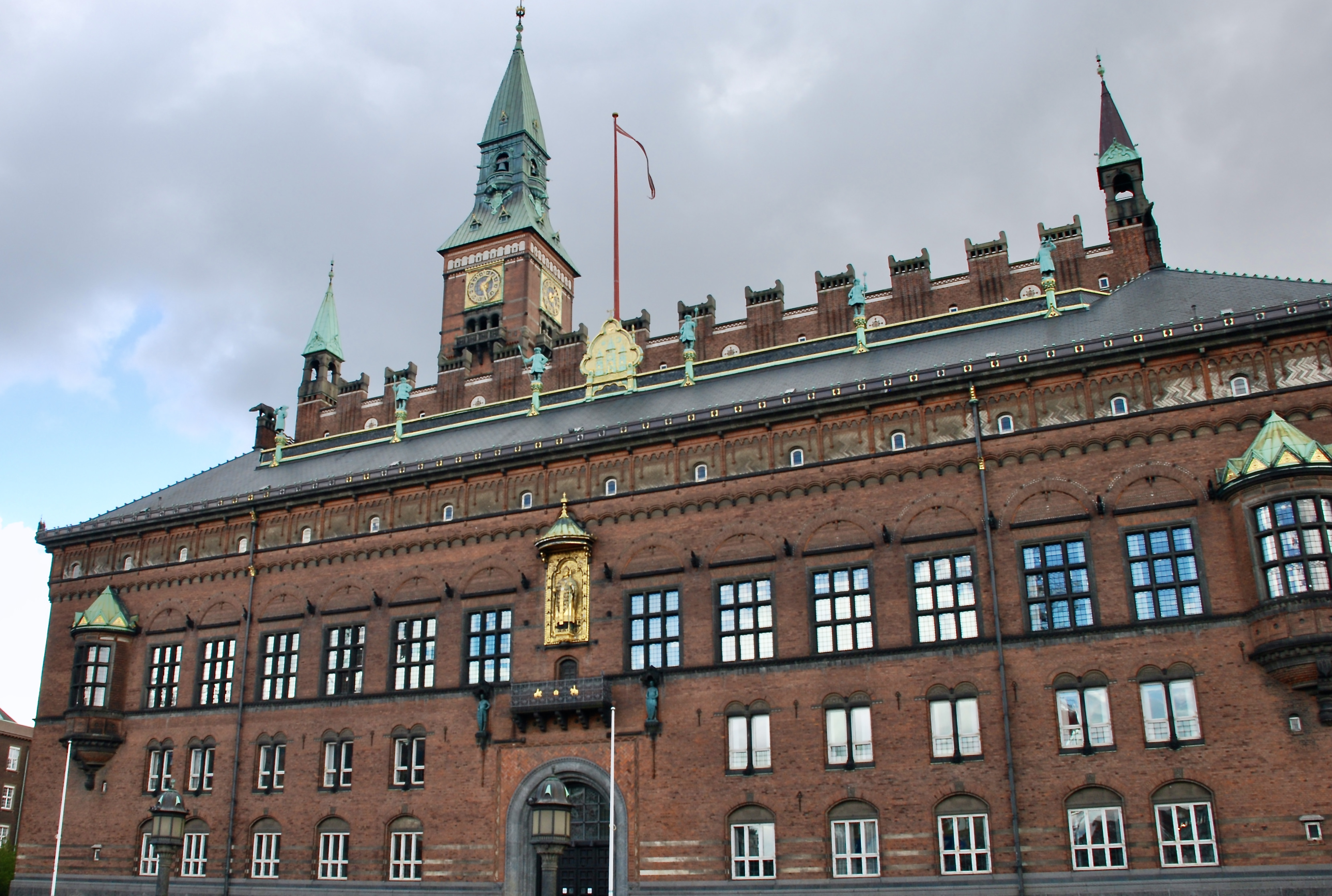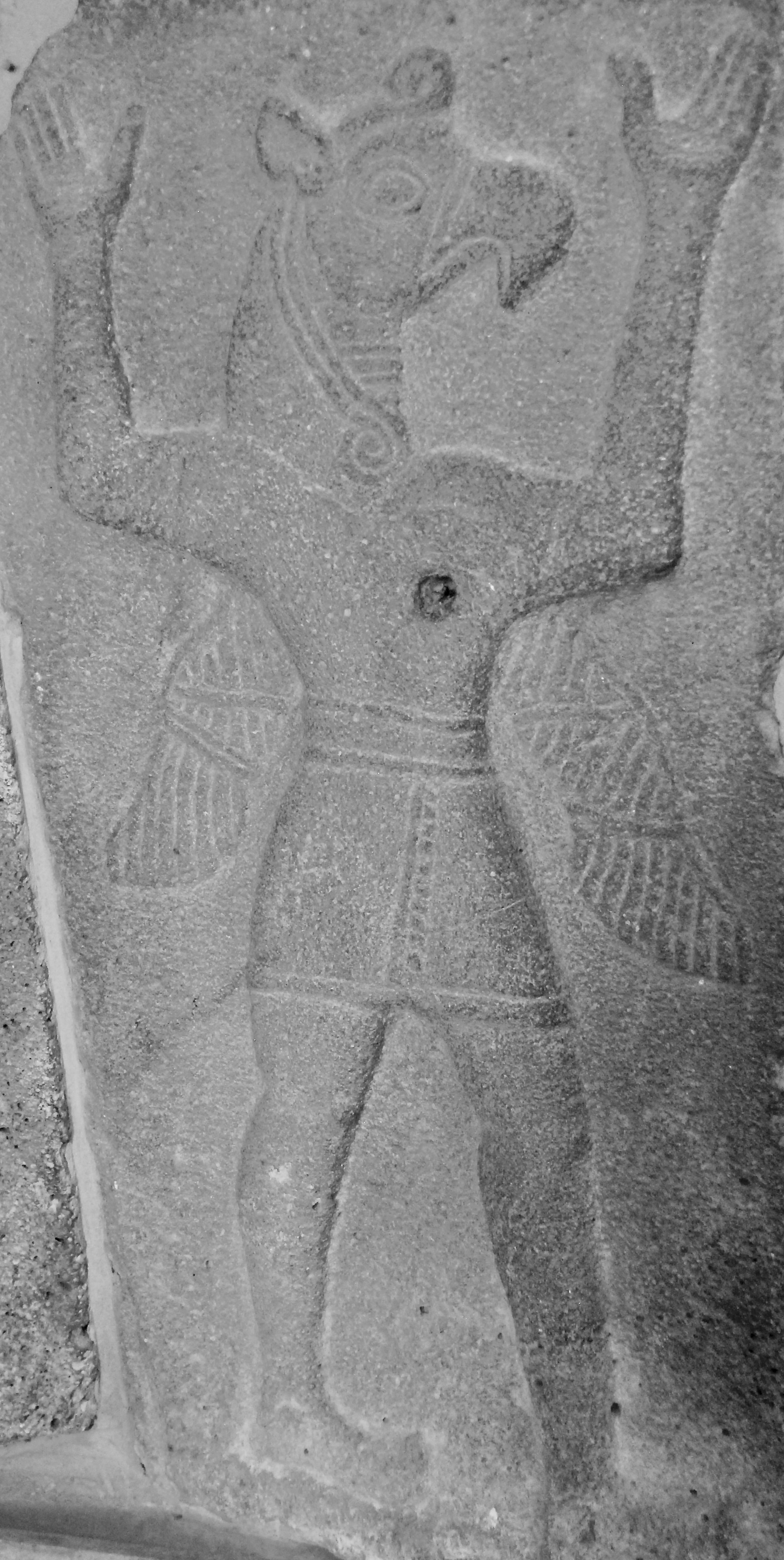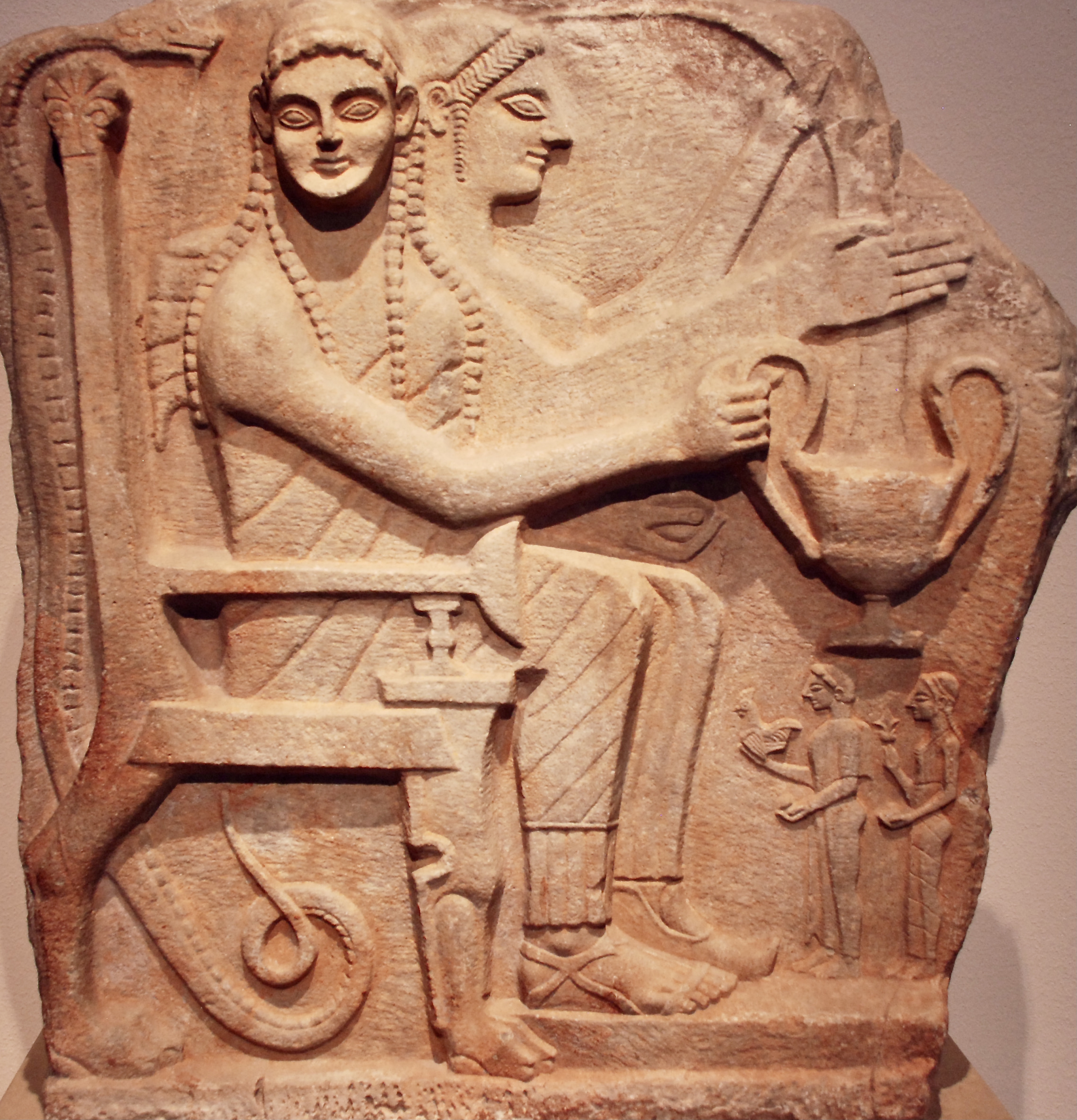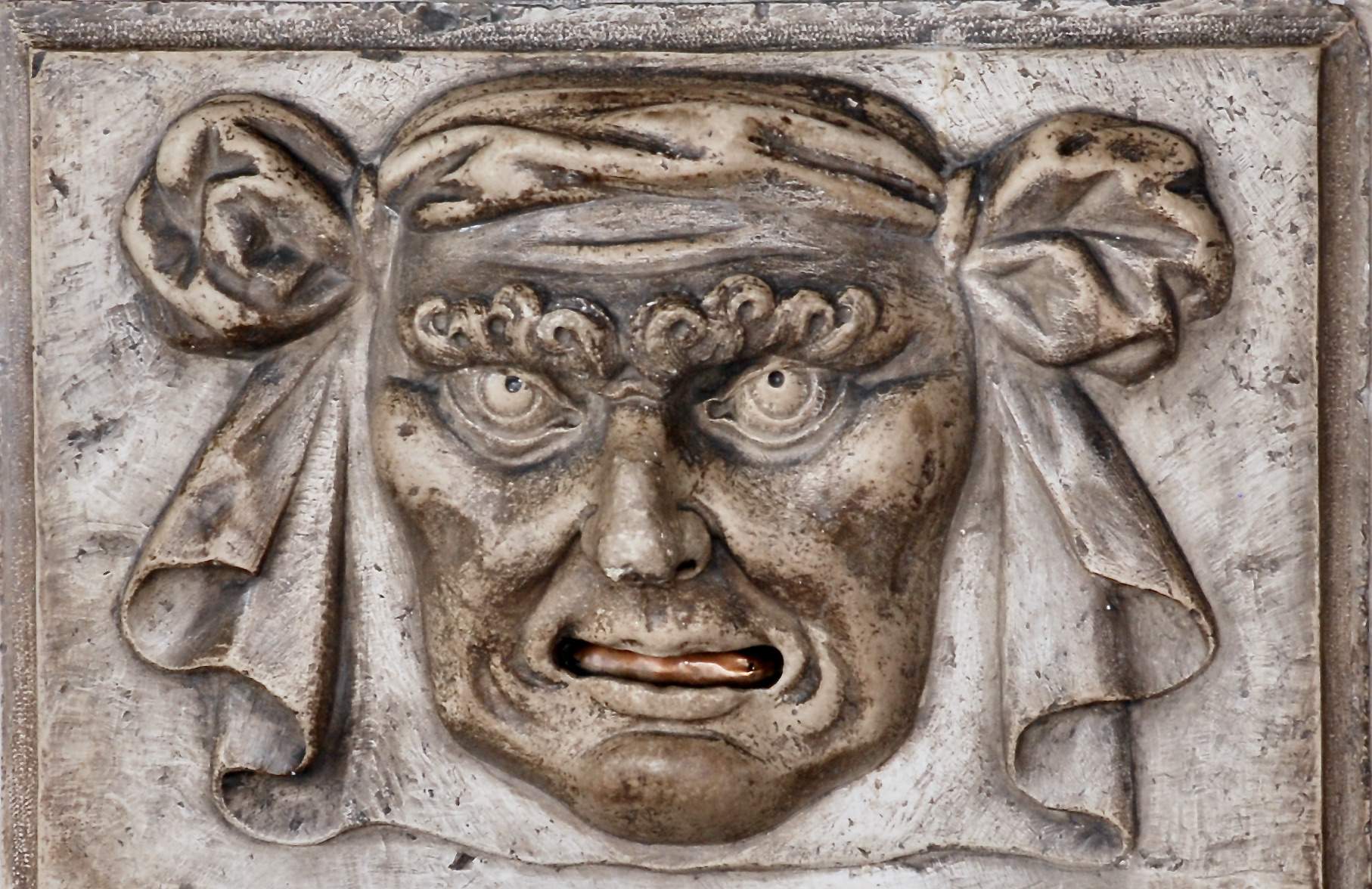The Buchanan Museum
A treasure trove of antiquities, curiosities and objet d'arts, the Buchanan Museum has been an integral part of Teliávus University's academic life for centuries, and its collections are frequently sought out by academics and scholars wishing to study and learn from them.
The museum exists thanks to the generosity of Isaac Buchanan, an Elizabethan courtier, who gifted the initial endowment, money to construct the original building and the majority of his own historical collections to his alma mater Teliávus University, shortly before his death in 1570.
Purpose / Function
Since its foundation, the museum's purpose has been to provide a space that historical, natural and curious artefacts can be housed and displayed, both of the good of the public and for the good of the academic world for time immemorial. In more recent times the purpose of the museum has also morphed into a dedication to preserve history, predominantly through the specific conservation and restoration of artefacts, which may otherwise have deteriorated or been damaged beyond repair.
Museum Galleries
As well as the numerous parts of its collections that are held away from the public eye, the Buchanan Museum has a number of galleries that are open to the public and accessible to all who wish to visit them, for free whenever the museum is open. These public galleries include:- American Gallery
- African Gallery
- Asiatic Gallery
- Assyriology Gallery
- Celtic Gallery
- Coins and Medals Gallery
- Egyptology Gallery
- Geology Gallery
- Graeco-Romano Gallery
- Medieval Gallery
- Minoan Gallery
- Palaeontology Gallery
- Zoological Gallery
Alterations
Whilst the frontage of the museum has remained pretty much the same since it was built, additional wings and subsections of the museum have been added behind the frontage to provide additional space as the museum's collections grew and grew over the centuries.
In addition, in the early nineteenth century, three basement levels were carefully and painstakingly excavated beneath the museum building, to provide additional storage space for more valuable or delicate artefacts, and to provide a suit of viewing rooms that precious objects could be brought to for visiting scholars to examine, that were removed from the public eye.
Architecture
The main and oldest part of the Buchanan Museum is large, red brick structure set over five floors, with a crenellated roof complete with small towers, which are architectural embellishments rather than defensive additions. The majority of the museum's galleries are located within long, marble floored, high ceilinged rooms within this main building.
Beyond the grandeur frontage, a warren of additional wings, buildings and floors have been built on the land behind the main structure, all of which are connected to the main building by a confusing network of corridors and even in some case tunnels. Several of these tunnels lead to the three basement levels, which primarily act as artefact storage, with high security rooms for academics to view artefacts on request. These back parts of the museum are much more workmanlike that the public areas, and are predominantly built in a utilitarian fashion out of unadorned brick.
The back right corner of the footprint of the museum has a large, copper roofed clock tower, which was originally part of a church that was destroyed by fire in the eighteenth century. When Teliávus University bought the land the church had stood on, as even as early as the 1700s they were looking to expand the Museum, they bought the clock tower along with it and restored it to its former glory. The Buchanan Clocktower, as it is now known is a highly visible landmark within the Town Centre district of Harthill, and has been keeping people punctual ever since its restoration.
Tourism
The Buchanan Museum is one of the main tourists attractions of Harthill, having drawn people from the surrounding area for centuries to marvel at the curios and antiquities held within its collections. Thousands of visitors file through its quiet halls and galleries every year, and the museum's curatorial put put together a number of special exhibitions every year to encourage more people to visit.
In addition to the sightseers, the museum also attracts a large number of academic visitors, who come from institutions all over the world to examine its collections in more rigorous detail.
Founding Date
1573
Parent Location
Assyrian Cult Relief
Attic Greek Terracotta Cultic Scene
Detail from Romano-British Mosaic
Renaissance Sculptural Detail from Venice, Italy.








Comments